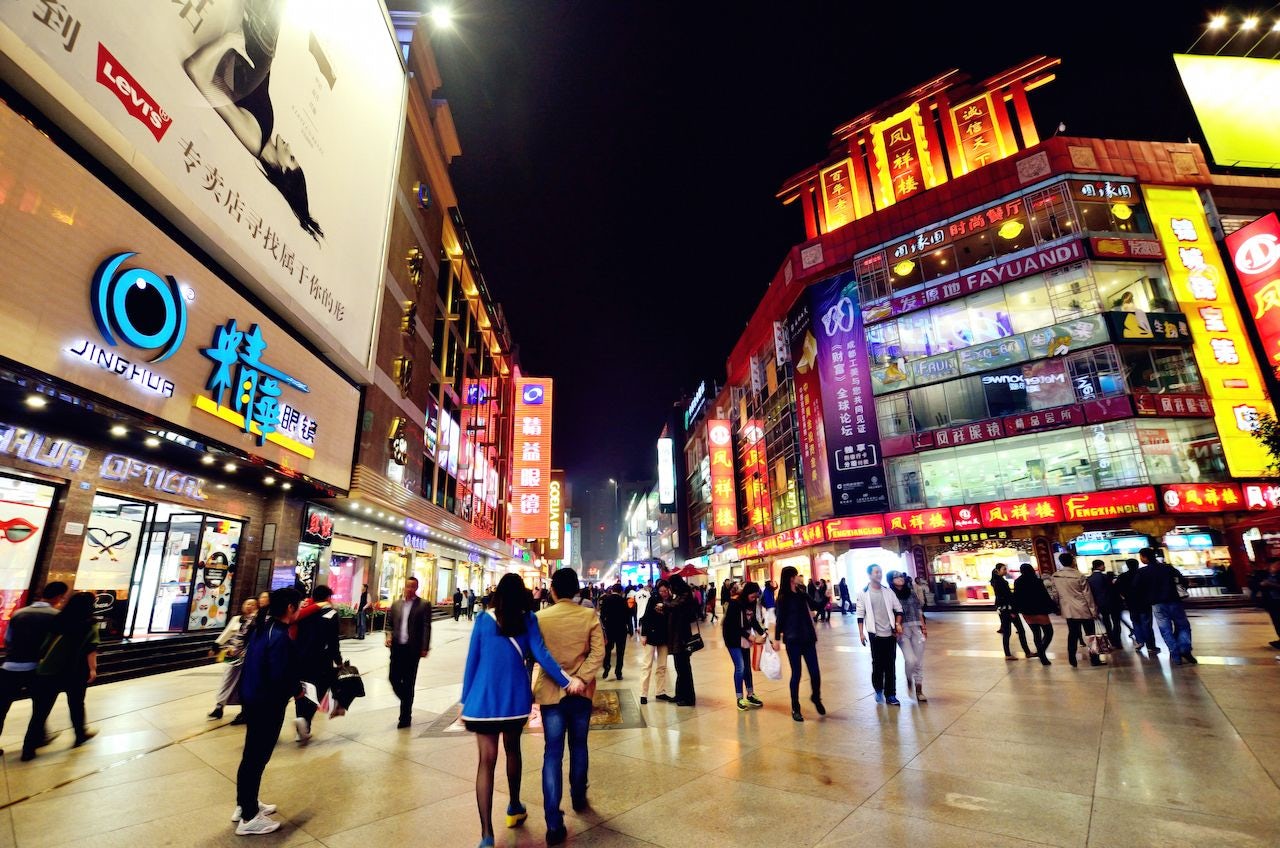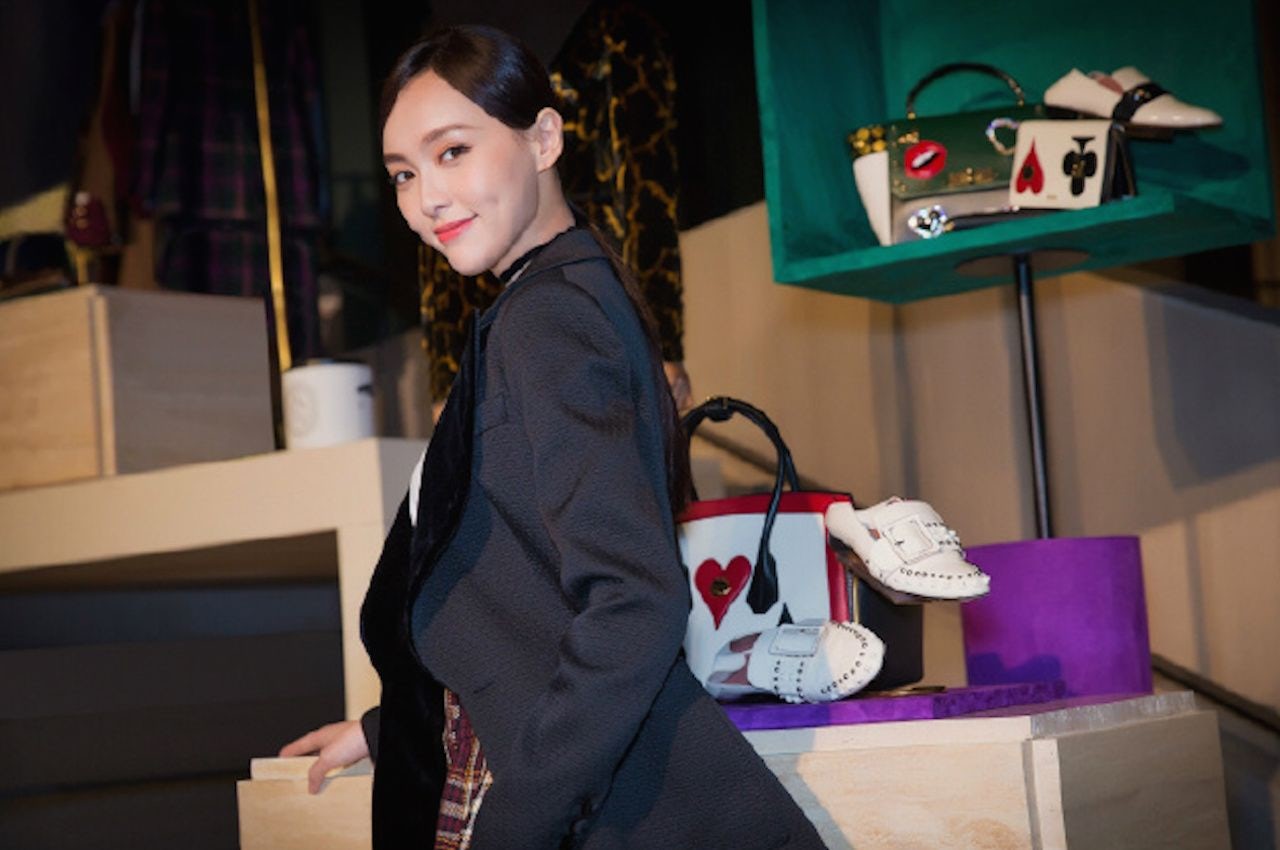What’s the changing landscape of luxury in China? One need only look to the aisles and storefronts of International Financial Center (IFC) in Shanghai, a high-end retail mall located in Lujiazui Financial District. In the past two years, it has gone through significant changes, according to a report by Chinese media outlet Winshang.
From March 2017 to September 2018, sixteen high-end luxury fashion brands have opened stores or begun the process of opening stores in Shanghai IFC. Fendi, Thom Browne, Balmain, and Loewe are among some of the high-profile newcomers. Affordable luxury labels, including Stuart Weitzman, Claudie Pierlot and IRO, have also moved in.
Shanghai IFC was officially launched in 2010, quickly becoming the most important high-end department store in the Pudong area of Shanghai. Lujiazui Financial Center, like the Wall Street area to New York City, is the home of many top-tier financial institutions and companies, employing a great number of middle-class Chinese consumers with high purchasing power. Therefore, many international luxury brands see the necessity to present in the mall in order to cash in on this segment.
All of these new brands coming to Shanghai IFC have been boosting their presence in the Chinese market on other fronts. For example, Thom Browne opened its first flagship store in mainland China in Beijing Parkview Green in September 2016, followed by store openings in Sino-Ocean Taikoo Li Chengdu and Shanghai IFC. The brand also joined WeChat, the country’s social messaging app, to connect with digital consumers earlier this year.
Korean eyewear brand Gentle Monster, which opened its second store in Shanghai in IFC, launched a handful of innovative digital marketing campaigns as well. The British luxury brand Burberry will soon return to Shanghai IFC after stepping out for three years. The brand is undergoing a dramatic image revamp under the leadership of new Creative Director Riccardo Tisci, putting a strong emphasis on the Chinese market in determining its success.
On the other side, luxury brands that are losing internationally left Shanghai IFC during the period, the Chinese report shows. Italian luxury brand Salvatore Ferragamo is running a struggling business, with a 6.2 percent fall in revenues in the first half of 2018 and being surrounded by frequent rumors of being sold. Thus, it is unsurprising to see the brand close its store in Shanghai IFC, even though it is actively catching up on the digitalization trend in China (including joining JD.com’s luxury e-commerce platform TopLife this April).
Along with Ferragamo, Swiss leather brand Bally (still in transition to its new owner Chinese textile and clothing company Shandong Ruyi Group) and French fashion house Chloe have also quit recently.
Overall, an increasing number of high-end luxury brands have stepped onto the battlefield in China. In particular, brands claiming both prestige on the international runways and online sales traffic have started to increase their store presence in China.


